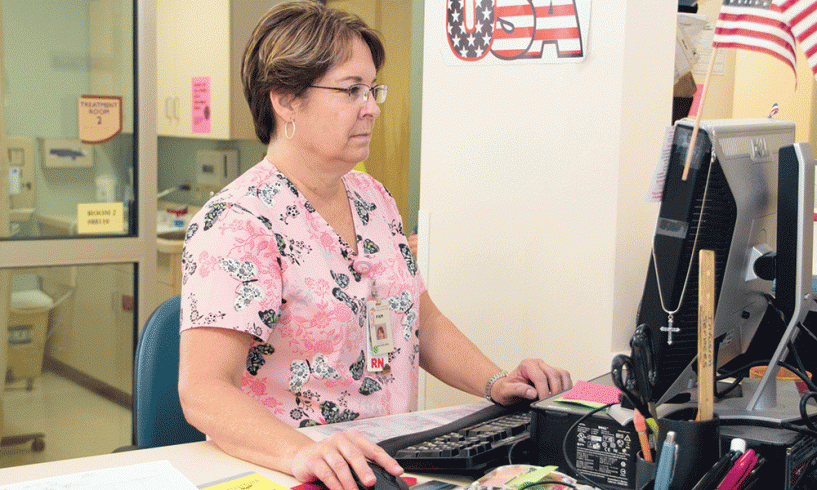For patients with hematologic malignancies and genetic immune disorders, hematopoietic cell transplantation (HCT) is a potentially curative treatment. However, because the therapy is so specialized, only select cancer centers with the appropriate expertise, resources, and experiences offer it. As such, patients living in rural areas often have to travel long distances for HCT treatments or temporarily relocate to be closer to the center.
In their article in the August 2013 issue of the Clinical Journal of Oncology Nursing, Moore, Santibanez, Denzen, Carr, and Murphy looked at the barriers that rural HCT recipients experience when accessing HCT treatment and post-HCT care. Strategies for healthcare providers to help alleviate the barriers were also discussed.
Patients’ Distance to Post-HCT Care
According to Moore et al., studies have shown that patients living in rural areas must travel two to three times farther for health care than their urban counterparts. At the same time, other studies have shown that travel times of 160 minutes or more negatively impact overall survival for HCT recipients, even after accounting for other patient-, disease-, and HCT-related variables.
HCT can have a significant effect on patients’ physical and psychosocial quality of life, even long after treatment is completed. Physically, patients can experience immune system problems, fatigue, memory and concentration problems, infertility, infections, and graft-versus-host disease (GVHD). Chronic GVHD may also result in organ-specific effects and secondary cancer. Psychosocially, patients may have decreased functional, social, and family well-being and be unable to perform activities of daily living. HCT recipients need ongoing, specialized care to address these effects during and after treatment, which can be a challenge if they live in rural areas.
Although a universal definition doesn’t exist for patients who are considered “distant to care,” for the purposes of this article, Moore et al. defined them as those who live two hours away or more by car from their transplant center.
Factors Affecting Rural Patients’ Access to Follow-Up Care
Moore et al. surveyed 121 non-physician healthcare providers in the National Marrow Donor Program (NMDP) network about the barriers their HCT recipients faced when accessing specialized care and survivorship resources. Regardless of the number of rural patients the providers treated, all reported the same three most common and most serious factors as barriers to care.
- Patients had limited or no transportation.
- Post-transplant care was not available at the local clinic or hospital.
- The HCT clinic or hospital was too far away.
The survey also asked healthcare providers about the internal factors at their workplaces that restricted their ability to serve rural HCT recipients. The most common responses were
- Limited funding
- Limited housing
- Transportation issues
- Difficulty with coordination of care.
Additional responses included limitations on time for transplant preparation, time to locate resources, availability of psychosocial staff, insurance coverage, caregiver financial support, and staffing.
Resources for Rural HCT Survivors
More than 60% of the survey respondents reported providing standard discharge or after-care instructions for rural HCT recipients. Of those resources, the following were provided most frequently.
- Patient education
- Caregiver education
- Standard after-transplant care instructions (e.g., survivorship care plans)
- Social work visits
Moore et al. pointed to survivorship care plans as a way to bridge the gap in post-HCT care for rural patients. The plans help patients transition to survivorship while mediating barriers to care. Successful survivorship care plans contain a customized treatment summary, highlight potential long-term and late health effects of treatment, provide recommended surveillance for new and recurring cancers, and offer resources for health-promoting behaviors, appropriate medical and psychosocial care, and financial assistance.
For HCT recipients specifically, the survivorship care plan includes a short-term phase for the first six months after treatment and a long-term phase beginning at one year. NMDP offers post-HCT care guides online.
Implications for Nurses
Moore et al.’s study indicated a need for post-HCT care in a rural recipient’s local community as well as education for local healthcare providers on the recommended screening and preventive practices for HCT recipients. Survivorship care plans are a way to address both necessities. For more information on post-HCT care for rural HCT recipients, refer to the full article by Moore et al.






